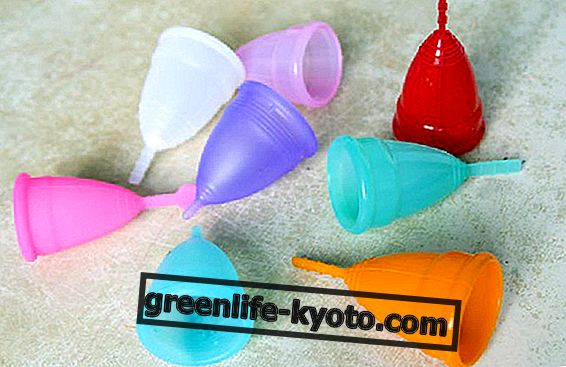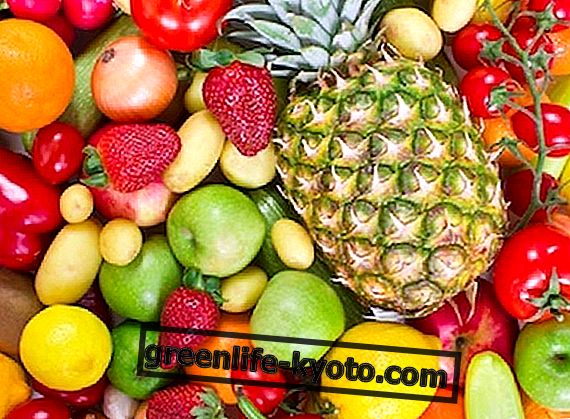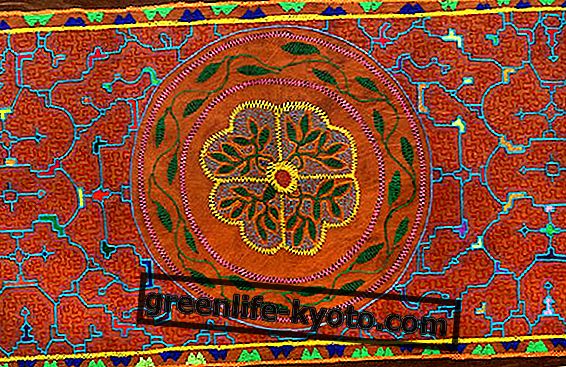
Pilosella: what it is
Pilosella hieracium, commonly known as pilosella, is a medicinal plant of the Composite family. Known and used for its properties since the 12th century, the pilosella is still used as a drainage and antiseptic .
The plant looks like a grass with a stem no higher than 30 cm, with yellow-orange flowers, and leaves with small hairs, a characteristic that also gives the name "vulgar" of "cat's tongue" .
It is a spontaneous herb that grows in the mountains, in cold climates and bare, dry and stony soils. I n Italy is distributed throughout the hilly and mountain territory .
All the parts of the plant above ground are used from the pilosella, thus excluding the roots.
Pilosella: property
The pilosella has diuretic and antiseptic properties . The intake of the pilosella allows to drain the liquids, facilitating the detoxification through the kidneys and the liver.
The properties can therefore be summarized as follows:
> draining : useful in case of water retention, cellulite, edema and swelling, especially in the lower limbs;
> antimicrobial : it allows to treat cystitis and urinary tract infections;
> regulates intestinal transit : especially in case of diarrhea the pilosella calms the intestine;
> useful against gout : it allows to balance the concentration of uric acid in the body, whose high presence in the blood circulation leads to the development of gout symptoms;
> has a slimming effect: especially associated with fucus it can be useful in case of obesity ;
> regulates blood pressure : due to its diuretic capacity it allows to lower hypertension .
Due to these characteristics the pilosella can be used with good results as an aid in the care of:
> water retention ;
> cellulite ;
> edema and swelling in the limbs;
> hypertension ;
> gotta ;
> obesity and overweight ;
> cystitis .
Pilosella: instructions for use and precautions
In the market the pilosella is found in various forms:
> capsules;
> fluid concentrate;
> hydro-alcohol solution;
> dry leaves, loose or in filters.
Depending on the effects you want to achieve, it is good to opt for one preparation rather than another. Extracts such as mother tincture keep most of the active ingredients intact, as the plants are used fresh.
In the capsules and in the preparations with dry leaves, on the other hand, it is possible that part of the properties is lost during the drying phase . The capsules are easy to take, and almost tasteless, while the mother tincture, in addition to being made up of alcohol, retains part of the flavor of this bitter herb.
Filters and preparations for herbal teas and infusions are very useful in cases where they need to be drained, as they increase water intake and are often associated with other draining preparations.
The pilosella is not recommended in case of breastfeeding and pregnancy, and in case of intake of draining drugs or situations of poor hydration.












